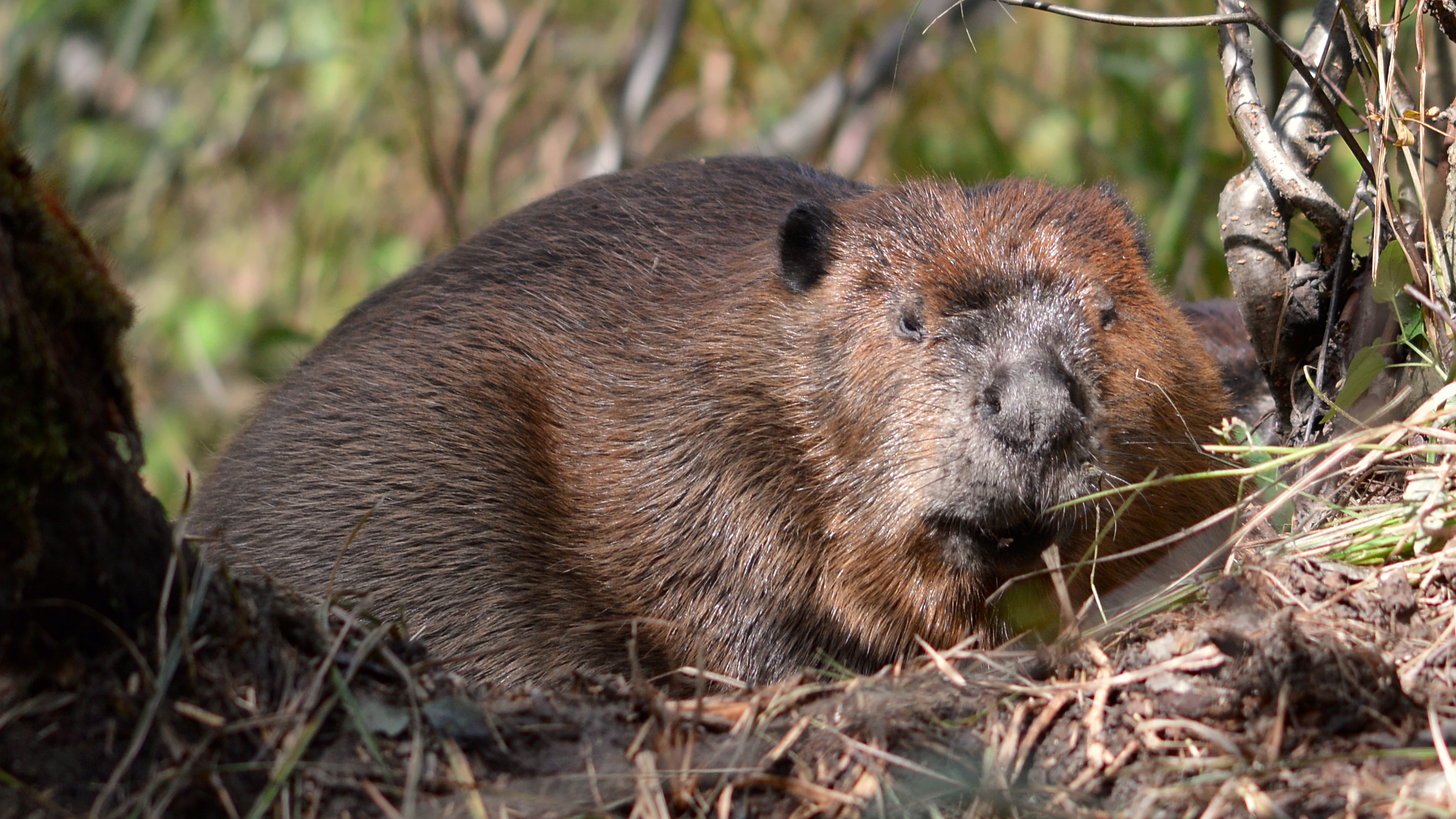
Call Now For Help With Beaver
Nuisance Beaver Concerns
North American Beaver
The beaver is the second-largest rodent in the world. It possesses semi-aquatic abilities and is basically nocturnal. Just like roof rats and squirrels, beavers are rodents, and belong to the castorimorpha suborder that lives mainly in North America.
Beaver Removal Service Areas
- Sugar Land TX Beaver Removal Services
- Katy TX Beaver Control Services
- Galveston TX Beaver Removal Company
- League City TX Beaver Control Company
- Pearland TX Beaver Removal Services
- Missouri City TX Beaver Control Services
- Friendswood TX Beaver Removal Company
Characteristics
Beavers are herbivores, preferring trees such as cottonwood and birch, and use their characteristic long, strong, chisel-like teeth to cut down plants and trees to obtain their food. The teeth are constantly growing, with the enamel enforced with iron to make the teeth more acid resistant. To enable them to survive in the wild, they have very sharpened senses of smell, hearing, and touch but their eyesight is poor. Their strong, scaly and broad tails along with their webbed hind feet make them excellent swimmers.
Way of Life
Beavers live in groups called colonies. World-famous for their dam-building traits on streams and rivers, beavers use their strong, ever-growing front teeth to cut down trees to build their lodges in the ponds behind the dams. If there are no ponds to build their lodges, or homes, the beavers simply make dams. They first align vertical poles then, in a criss-cross manner, they fill the spaces between the vertical poles with branches that are placed horizontally. The gaps in the branches are then sealed off with a mud and weeds mix until the lodge is surrounded by enough water. Because beavers are not hibernators, they use these ponds to store piles of logs and sticks, with the underside of the barks serving as food in the winter.
Social Behavior
The basic social unit of a colony is a family consisting of adult monogamous male and female beavers. Males fend for the family and guard and repair family territory, while the female gives birth to and takes care of young beavers for some time, They share roles: the male also gets involved in caregiving while the female also helps in building and repair of the lodge. While growing up they play inside the lodge and try to copy their parents’ behavior. They also learn life lessons and skills with the older ones helping their parents to repair and build the lodge and take care of their younger siblings. When older beavers, mostly two years of age, leave the lodge, their settlement is usually not far from their
parents’ lodge, though they occasionally come back to help out in times of drought. Their keen sense of smell allows them to detect the differences in the secretion in their anal glands. Beavers of the same kin are easy to tell apart because of the similarities in their secretions. This helps them to live harmoniously with the neighbors and to recognize intruders.
They are highly skilled and industrious and give a lot of importance to their lodges. To mark their territory and keep it safe from intruders, they erect ‘scent mounds’, a mix of castoreum (excreted in their urine), debris and mud around them. They have been known to get extremely aggressive with unknown intruders.
In order to warn the others of impending danger, a frightened beaver, while swimming, will make rapid diving movements, all the while hitting the water with its powerful tail. The resulting noise and commotion will be loud enough to be heard over a great distance both above and below the water surface. Sensing danger, the rest of the beavers hide underwater until its safe to come out. Beavers can remain underwater for a maximum of 15 minutes.
Population Decrease
Despite beaver populations peaking to 60 million, the numbers have rapidly decreased over time. This is because of the hunting of beaver to acquire body parts for trade. Beaver’s testicles were used in early traditional medicine as a pain reliever in Iran and Iraq in the tenth to the nineteenth century. Castoreum, a secretion with a bitter taste obtained from the castor sacs of both the male and female beavers, is still used in the production of perfumes and to enhance flavoring such as vanilla in candy. The beaver skin is of the greatest value, with the inner fur preferred for hat making.
The decline in beaver population can also be attributed to actions taken against them by humans. After a failed fur project in the 1940s, ten pairs of beavers brought in from Canada to Argentina were released into the wild. In a span of 50 years, the population rose rapidly to close to 100,000 and in an attempt to survive in their new habitat: chewing through trees and building ponds, the beavers caused extensive damage to the forest and consequently irreversible harm to the environment. Now drastic measures are being taken to ensure their removal in nuisance situations.

